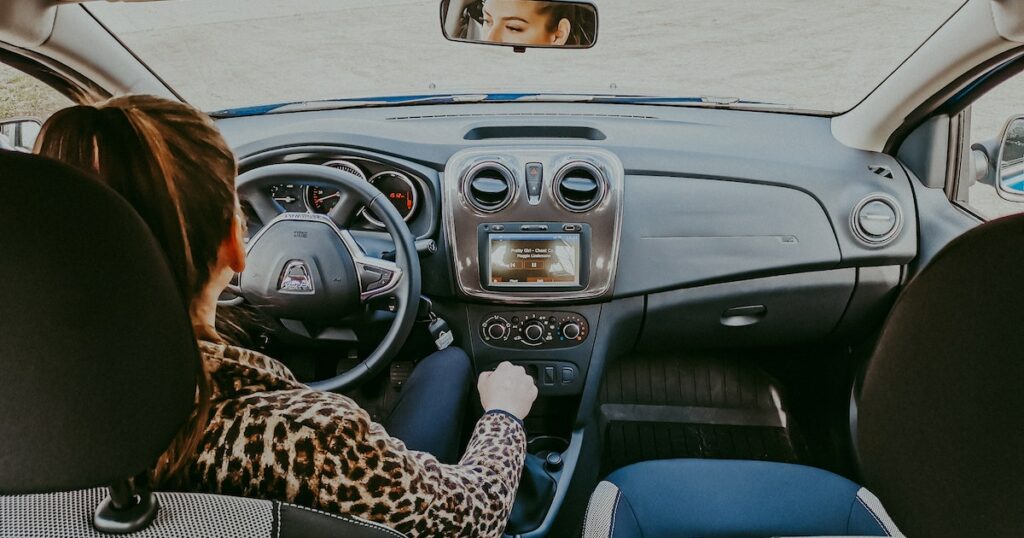Learn 6 Types of Car Insurance Policy Coverage

2. Coverage for uninsured and underinsured motorists
If an uninsured driver hits you, uninsured motorist coverage may assist pay for your medical bills or, in some areas, vehicle repairs. If an underinsured motorist hits you, it means they have car insurance but the liability limitations are insufficient to cover your medical bills.
Depending on your state’s rules, underinsured motorist coverage may be helpful in this situation. Some states require uninsured and underinsured motorist coverage, while others make it voluntary.
3. Comprehensive coverage
Comprehensive insurance may assist cover damage to your car caused by theft, fire, hail, or vandalism. If a covered risk damages your vehicle, comprehensive coverage may pay for repairs or replacement (up to the vehicle’s actual cash worth).
The deductible is the amount you must pay out of pocket before your insurer will reimburse you for a covered claim under this plan. Comprehensive insurance is often voluntary, but if you lease or finance your vehicle, your lender may require it.
4. Collision coverage
Suppose you have an accident with another vehicle or hit an object, such as a fence. In that case, collision coverage may pay to repair or replace your vehicle (up to its actual cash value and minus your deductible). Collision coverage is usually an option. However, your vehicle’s leaseholder or lender may require it.
5. Coverage for medical expenses
If you, your passengers, or family members driving the insured car are harmed in an accident, medical payments coverage may assist in paying for medical expenses. Hospitalization, surgery, X-rays, and other medical expenses may be covered.
Some states require medical payment coverage, while others make it voluntary.


